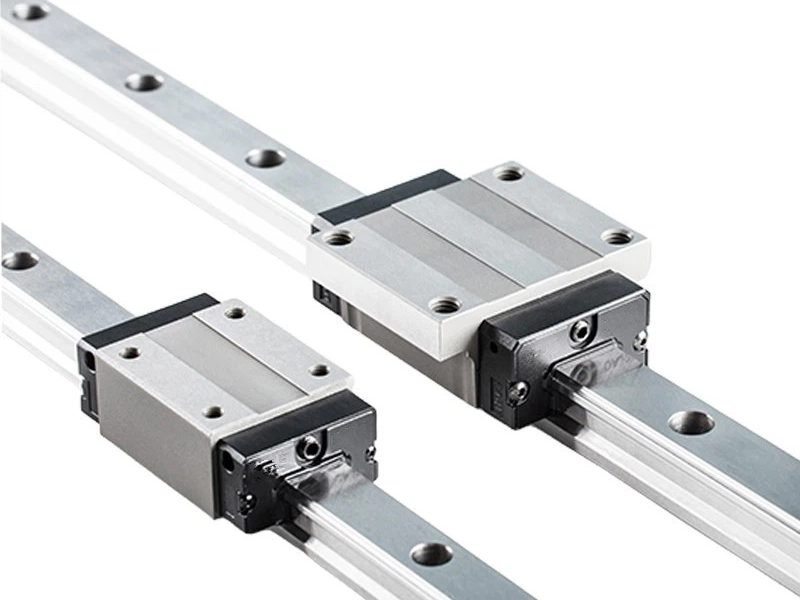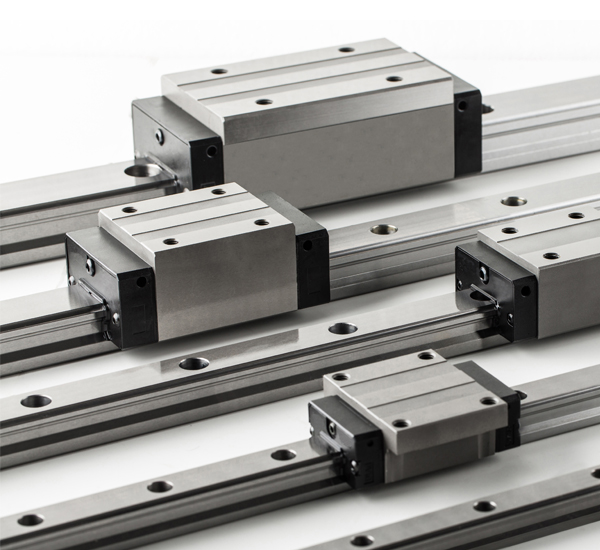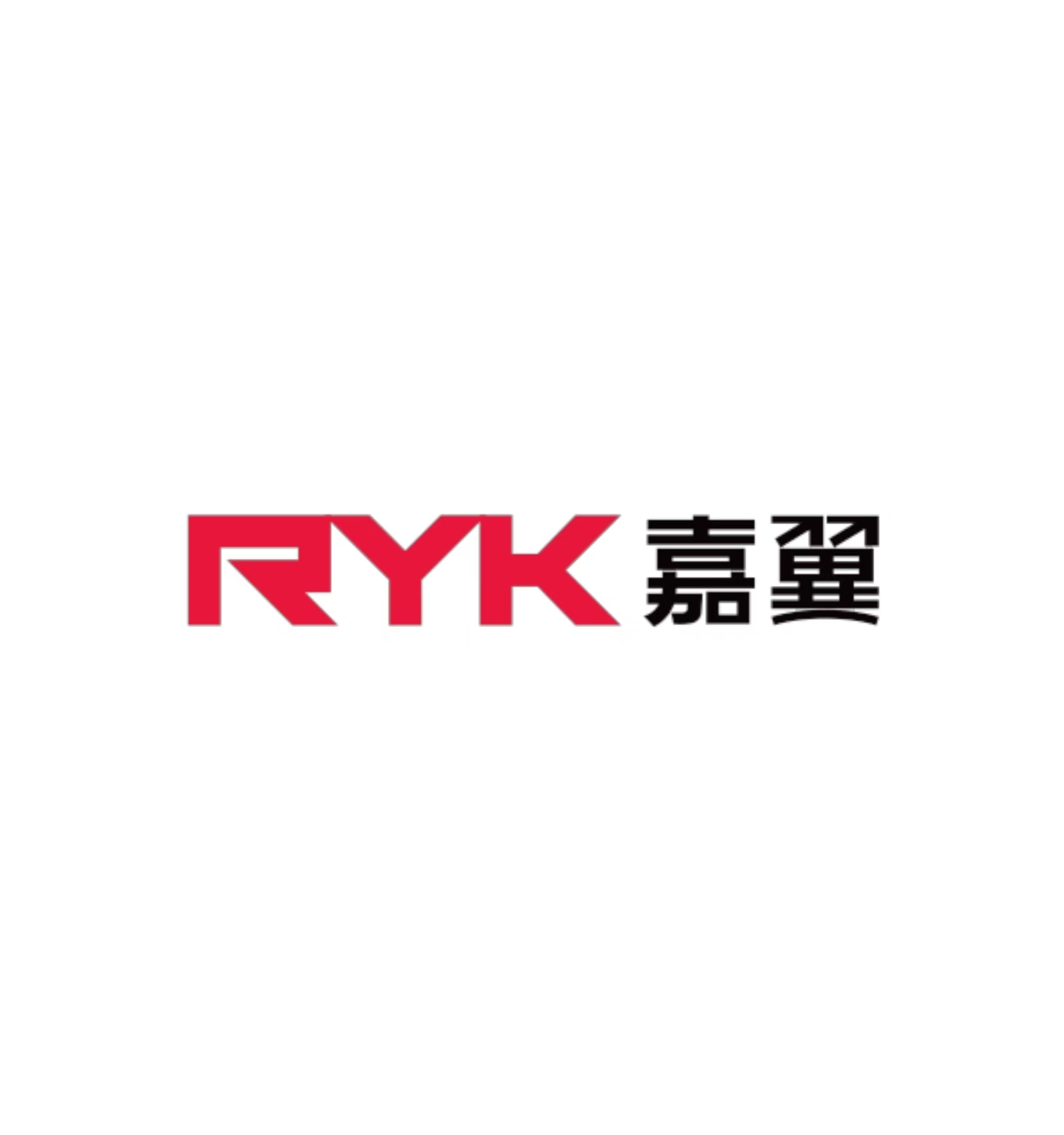
How to Choose the Right Linear Guide Supplier: A Comprehensive Guide
In the fields of industrial automation and precision machinery, linear guides are critical components for achieving high-precision and stable motion control. Selecting a reliable linear guide supplier is not only about product quality but also directly impacts production efficiency and cost control. This article provides a comprehensive guide to help you choose the right linear guide supplier and ensure your selection meets industry standards and practical needs.
1. Basic Concepts and Industry Terminology of Linear Guides
1.1 What is a Linear Guide?
A linear guide is a mechanical device used for linear movement, typically consisting of a rail and a slider. It enables high-precision, low-friction linear through rolling elements (such as balls or rollers) moving along the rail. Linear guides are widely used in CNC machines, semiconductor equipment, medical instruments, and more.
1.2 Key Industry Terms
- Accuracy: The deviation between the actual position and the theoretical position during motion, usually measured in micrometers (μm).
- Load Capacity: The maximum static and dynamic load a linear guide can withstand, including radial and axial loads.
- Stiffness: The ability of the guide to resist deformation; higher stiffness ensures better system stability.
- Life Expectancy: Typically calculated based on running distance or time, influenced by load, speed, and lubrication conditions.
2. Key Factors to Consider When Choosing a Supplier
2.1 Product Quality and Performance
- Accuracy and Stiffness: Ensure the supplier’s products meet your precision requirements. For example, high-precision equipment may require guides with micrometer-level accuracy.
- Load Capacity: Choose guides with appropriate load specifications based on your application to avoid equipment failure due to insufficient load capacity.
- Materials and Manufacturing: High-quality linear guides are typically made of high-strength alloy steel and undergo precision machining and heat treatment to ensure durability and stability.
2.2 Technical Support and After-Sales Service
- Technical Support: Check if the supplier offers professional technical consultation and product selection services to help you choose the most suitable product.
- After-Sales Service: Ensure the supplier provides warranty, repair support, and spare parts availability for long-term operational stability.
2.3 Pricing and Delivery Lead Time
- Cost-Effectiveness: Choose a supplier that offers reasonable pricing while meeting your performance requirements.
- Delivery Lead Time: Ensure the supplier can deliver on time to avoid project delays.
2.4 Industry Certifications and Standards
- ISO Certification: Select suppliers with ISO 9001 or other quality management system certifications to ensure product reliability.
- Industry Standards: Look for compliance with standards such as DIN (German Industrial Standards) or JIS (Japanese Industrial Standards), which are key indicators of product quality.

3. How to Evaluate a Supplier’s Overall Capability
3.1 Customer Reviews and Case Studies
- Review customer feedback and success stories to understand the supplier’s performance in real-world applications.
- Check industry forums or social media for additional user reviews.
3.2 On-Site Visits and Sample Testing
- Visit the supplier’s production facilities to assess their manufacturing capabilities and quality control processes.
- Request samples for testing to verify if the product meets your requirements.
3.3 Long-Term Partnership Potential
- Evaluate the supplier’s R&D capabilities to ensure they can provide innovative products and solutions.
- Consider the supplier’s scale and stability to choose a reliable long-term partner.
4. Common Challenges and Solutions
4.1 How to Handle Delivery Delays?
- Sign a clear delivery agreement with the supplier and include penalty clauses for delays.
- Plan your procurement schedule in advance and allow buffer time.
4.2 How to Address Product Quality Issues?
- Choose a supplier with comprehensive after-sales services to ensure timely resolution of issues.
- Keep product inspection reports and communication records as evidence for claims.
5. Conclusion
Choosing the right linear guide supplier requires a comprehensive evaluation of product quality, technical support, pricing, and after-sales service. With this guide, you can better assess suppliers and make an informed decision that meets your needs. If you need further technical support or product recommendations, feel free to contact a professional team for customized solutions.

